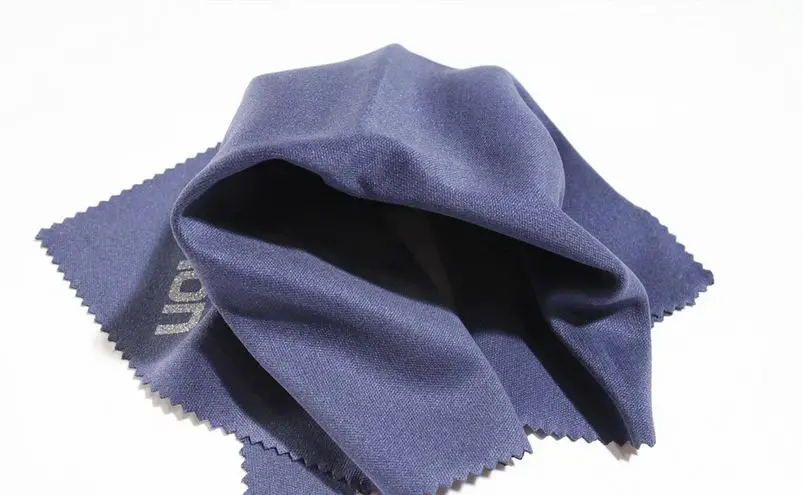Have you ever wondered if you can sublimate on nylon? Sublimation is a printing technique that uses heat to transfer dye onto a substrate. Nylon is a synthetic polyamide fabric that is often used in sportswear and activewear. It is a popular choice for sublimation due to its high moisture-wicking properties.
So, can you sublimate on nylon? The answer is yes! Nylon is a great substrate for sublimation printing.
However, there are a few things you need to keep in mind in order to get the best results. In this article, we will discuss everything you need to know about sublimation printing on nylon.
Can You Sublimate on Nylon?
YES! You can sublimate on nylon. Although there are various varieties of nylon, all of which are capable of sublimation at low temperatures, the materials have quite different reactions to color depending on which type is used.
Also Read: Can You Sublimate on PVC
Nylon 6 and Nylon 7 are the two types of nylon that are utilized the most frequently in the textile industry.
Both of these types of nylon can be pre-treated with dye-absorption agents. Although it is more challenging to color, nylon 66 has a higher melting point than nylon 6 at 265 degrees Celsius. This is even though it is less colourfast. The melting point of nylon 6 is 215 degrees Celsius.

There is a diverse range of thoughts and reactions that have been shared on the web.
Although there are printers who say that nylon always produces a softer vintage print than polyester does, there are also printers who argue that nylon can produce even brighter prints.
Also Read: Sublimation Black Looks Brown
Some people believe that color transfer will occur, while others believe that dyes will maintain their vibrancy even after being washed.
However, exposure to sunlight causes the dye to oxidize, and over time, it will lose its color.
Features Of Nylon That Makes It Great For Sublimation
In contrast to the conventional cotton and cotton/polyester textiles, which you presumably print daily, nylon does NOT absorb liquids.
Due to the durability and adaptability of the material, it finds usage in a wide variety of applications including machine components, sports gear, backpacks, and many other items.
Additionally, depending on the use that is intended for the fabric, nylon can be treated so that it is resistant to water absorption. Bags that have been treated to be water resistant are being used in the design process by fashion designers.

This helps ensure that the contents of the bags remain dry even in wet conditions. It is essential to have this information in hand before the event.
When working with water-repellent fabrics, you are required to utilize ink that is formulated specifically for printing on nylon.
Also Read: Why is Black Sublimation Turning Green
It is important to take note that secure printing can be done directly into the fabric when it comes to printing on garments like football or hockey jerseys that include nylon but are not treated to be water repellent.
Because the bag is printed and has been treated to make it water resistant, it is necessary to incorporate a nylon catalyst into the printing process so that a strong connection can be formed between the ink film and the surface of the substrate.
If this step is skipped, the ink may not adhere effectively to the substrate, and its resistance to abrasion and durability may also suffer as a result.
The ink and the substrate both benefit from the glue-like properties of the nylon catalyst.
To remove the water-repellent coating off the surface of the cloth, some printers recommend using rubbing alcohol to wipe the area where the print will be placed.
How Is Nylon Better Than Polyester for Sublimation?
The primary consideration is how the piece of fabric is going to be utilized.
Polyester is superior to other fibers in terms of its capacity to drain away moisture and resist pilling (nylon absorbs more water, stays wet longer, and will impede breathability).
It is an excellent alternative to use for knitting and hosiery given that nylon is superior to silk in terms of being softer, smoother, and more elastic, as well as lasting longer (when dry).
The important thing is to ask yourself regularly whether you are still of the opinion that nylon is the superior choice for you.
It is vital to evaluate each fabric blend to figure out whether or not printing is possible, and if it is, at what temperature and for how long.
How To Print On Nylon
FAQs
Is 100% Nylon Sublimation Possible?
Despite the broad variety of varieties of nylon and their particular responses to pigments, all can be sublimated at comparatively low temperatures. Nylon 6, which has also been prepared with chemicals to aid in color penetration, is the much more often used nylon material in fabrics.
Can Nylon Fiber Be Printed With Sublimation?
It is possible but we strongly suggest that you use a cold transfer process with the appropriately rated material, something that runs through the press for no more than ten seconds at a time, if you are attempting to do a custom sublimation printing on a nylon fiber.
Can Nylon Be Printed On?
Its medium-weight, nylon-only construction also makes it the perfect substrate for successful screen printing. Contrary to the traditional cotton and cotton/polyester textiles that you use regularly, nylon is not absorbent.

